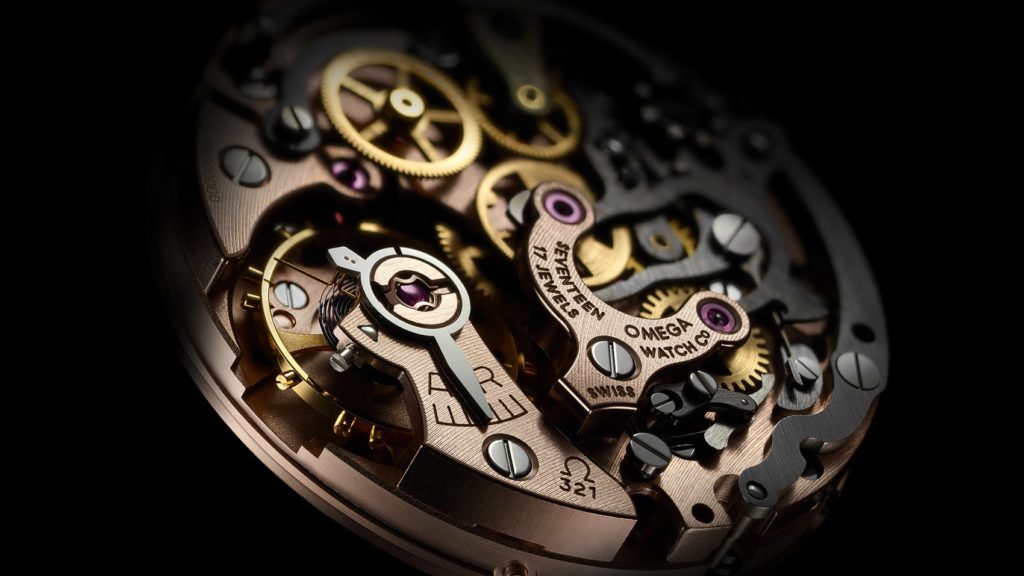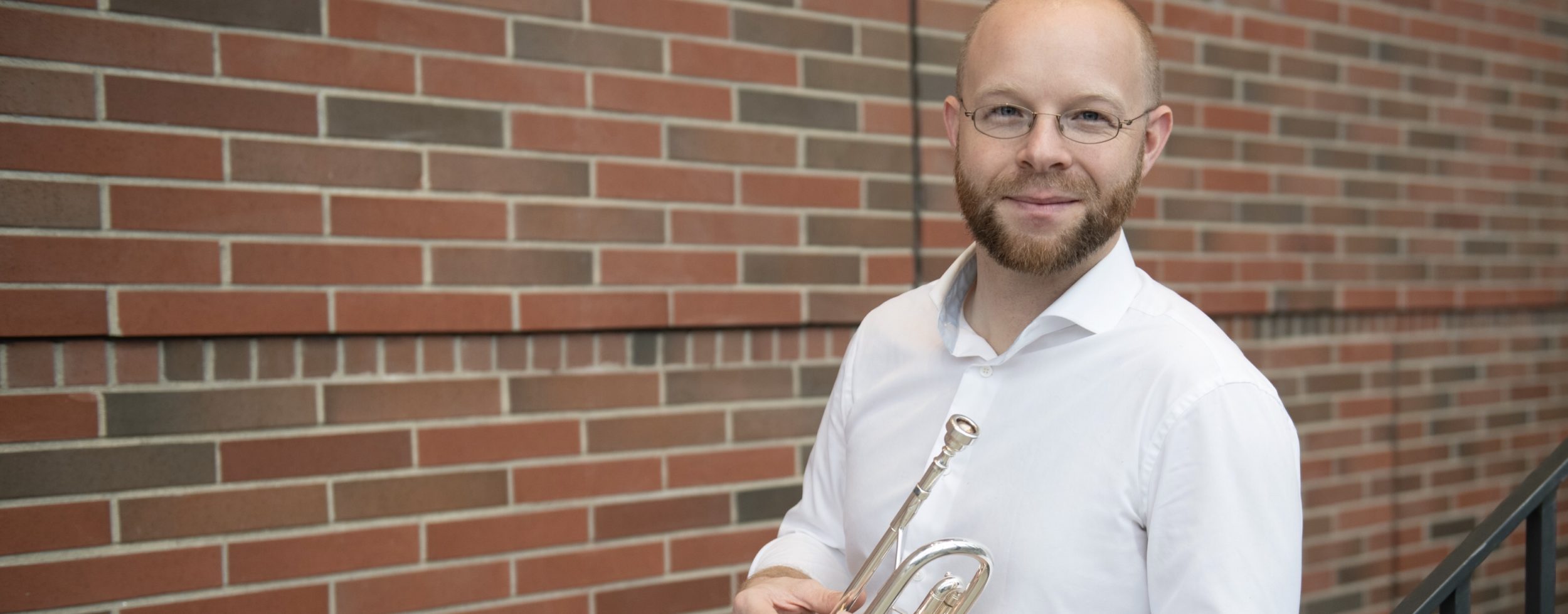
The last year has been a whirlwind of revelation for me. I have traveled the world “virtually” since the pandemic began, sensing that many who had seemingly been left behind now had a second lease on a career, and that the only obstacles for those individuals were money, time, and ego. So stuck not least of all alone in my office with plenty of time to spare, and feeling professionally like I was spinning wheels, I ponied up a bunch of money and set my ego aside, and committed to several seminars with some of the best players out there. I’m not going to go into who said what because this little blurb isn’t meant to name drop or even necessarily be about me, but I am happy to field questions about my sources. Citing who said what would be like citing the letter “i,” because as you will see this is supposed to be conceptual, and there is a lot of overlap. In general, those fine players collated existing public-source information in a way that helped me, and which I am now (hopefully) doing for others. The only exception is that I feel I owe David Bilger a huge debt of gratitude, not least of all for his great playing advice, but also for the time spent shooting the breeze, talking about how music fits in with life and how life fits in with music.
Here are some of the things I found.
First, all technique stems from the relationship between the music we hear and how we record and replay it in our brain. This is by far the most important part of making music. This is the river, and everything else is a tributary. The trouble is, it is often difficult to prioritize because the human sense of hearing is not as biologically developed as other senses, and requires a lot of specialized brain development. A helpful exercise I do with my students is to ask them, where does music come from? They invariably say, the trumpet, which I then ask, what about before that? We follow the chain backwards, and it usually goes something like this: trumpet, mouthpiece, lips, lungs, brain, ears, their teacher (me). So, it is very much cyclical and evolutionary, and always starts with “following your nose” (as Gandalf would say, but in this case, it is our ears). We should be comparing, contrasting, creating, recording, studying scores, and filling out heads and our ears with the biggest and smallest thoughts we can possibly have about music, art, philosophy, physics, history, science, and whatever else inspires us to be more discerning and more vivid in our artistic lives. Read a book, watch a documentary, or go down an interesting rabbit hole on YouTube. Do can do something we’ve never done before, study a conflicting viewpoint, or learn something so far afield as to be completely alien. What I am getting at is, music starts with perspective, and perspective must be developed. We should have some ideas about what we want to sound like before we try to go about it, and we should come back to, explore, and revise those ideas often, by listening to music as much as possible. This point is first in this little essay, and it is also conceptually first, because it is one we should always seek to get back to, as often as possible, as completely as possible. It represents the base of the pyramid of healthy music habits, and we should never forget that.
The second thing that deserves to be visited is the role of air in trumpet playing. There are a lot of ideas and ideologies of course, but my current understanding is that the trumpet simply does not require the volume of air that the larger brass instruments do, and to attempt to play with that volume of air will only drive the lips apart, requiring more facial muscle to keep them together. Simply put, most of the time, a trickle of air is all that is required for the lips to vibrate. I imagine the slow leak of a punctured bike tire. According to Bernoulli, for air to flow, pressure only needs to be higher on one side of a narrow opening than the other. The role the lips play in this process is to flap in the breeze. There is some negotiating that the air apparatus must do for the lips to vibrate at the frequency of higher pitches, and this energy has an inverse relationship with the surface area of the aperture we wish to induce vibration. I.e. if we want to play a high note, doing so will be easier with a smaller aperture, but will also be less loud. The sound is also sympathetic, reinforced by the vibrations in the trumpet air column, so the lips must also be responsive. It is their job as a bellows is to negotiate this balance between lips and air to produce a vibrant, full sound without blowing so hard that we force the lips apart and halt sympathetic vibration. It’s a fairly simple balance, and the tolerances are actually pretty low if we understand the forces at work. This is all to say that response and sound quality is actually quite easy if we understand the mechanism, and is usually a matter of working *less* hard, not *more* hard. I believe this is the same convergent conclusion people who pronounce the virtue of a relaxed, easy inhale and exhale, like Ashley Hall. It really isn’t unlike a mechanical clock’s mainspring and balance– just a little bit of energy from the mainspring is released to feed the balance on each oscillation, but the system is largely self-sustaining. The tiny bit of energy stored in a flat spring barrel is enough to power a mechanical watch for many days.
Without being a doctor (but also being a certified personal trainer), I do believe the smooth muscles of the abdominal wall play a role in pressurizing the air (the diaphragm itself can only move downward, and adds only a small amount of elastic energy into the exhale). But it is vital that the chest and neck remain relaxed so that we can utilize this pressure efficiently in our system without any pushback from within our bodies. Even just a little bit of unnecessary tension can cause a feedback loop that can become confusing and difficult to unravel. We are talking about a small minimum amount of abdominal pressure, only enough necessary to keep air flowing across the lips so that they will vibrate.
Some cues to use: a simple rule-of-thumb is that playing the trumpet, even at its most physical peak, definitely shouldn’t hurt. I think about a rate of perceived exertion of 2 or less on a scale of 1 to 10, 1 being taking a nap and 10 being a weighted deadlift, a little more in the mid-abdomen while playing very high/piccolo, and absolutely zero pressure in the shoulders and neck. A helpful exercise I do with myself and my students is, when there is a problem, to simply blow through the trumpet and remind myself that the resistance we feel while playing is almost entirely self-generated– either by isometric tension in the lips, neck, or upper chest (sidebar: there is some resistance in the standing wave, which can be felt playing out of center and doing lip slurs, and some in the venturi of the trumpet, but these are much smaller than people generally acknowledge). Then it becomes a game, to find where I am creating tension. It is possible, in fact vital, that we learn to make and maintain a smooth airflow and small aperture, without squeezing our bodies or our lips more than the bare minimum. There does some to be some squeeze, but for me I feel as thought I am shaping an already very directional airflow inside my oral cavity, very close to the teeth, to negotiate ascending in range.
Then there is articulation. This is another kinetic chain question that is fun to ask students: what causes articulation? They often say the tongue, and they are half right, but also half wrong. The tongue certainly plays a role, but tonguing produces no sound on its own. Tonguing halts the lips, but it does not act itself on the lips. It acts on the air, which then stops and restarts the lips. And this is the fundamental truth behind articulating with the tongue. The quality of articulation is two-fold: 1) articulating in a place that does not cause undue stress to the airstream and 2) making sure the lips are ready to start again very quickly. This means maintaining that airflow as much as possible through the articulation and pursuing a relaxed and ready state in the lips. The temptation of course is to use the explosive puff of air that tonguing generates to “jump-start” lips that are too tense. This works to an extent, but also forces the lips apart, which must then be counteracted by forcing the lips back together, a tension cycle that ends in the halting of sympathetic vibration.
A helpful oversimplification of the mechanism of articulation is that clarity lies in the vowel, not the consonant. “Fewer taste buds,” as Ben Wright once told me, to which I would also add, “and more vowel.” The exact vowel is different from person to person, but it is an efficient one that focuses the air into a point, and (just like described above) is done with a small oral cavity. It is less than a marble of space for me, very near the front teeth, and I can get there by pronouncing the German umlaut the way I was taught to do so (by saying “eee” while making an “uuu” shape, only a little more than in casual conversation). So, to recap, our jobs as articulators are to not blow the lips out of contact (thus, not turning to overgripping the laps back into contact, which will quickly cycle out of control), all while exploring a relatively focused aperture, oral cavity, and tongue stroke, and negotiating a fuller vowel that still stays near the front of the mouth. This way, we do not have to turn to brute force or tension to attempt to make things work.
Probably the most maddening element of all of this is that there are many, many a person can play the trumpet with a reasonable degree of success, even at a very high level of musicianship, just like there are a million ways to drive a car. I believe this is because the trumpet, like driving a car, isn’t so fundamentally difficult that our technique must be perfect to get where we are going most of the time. After all, the trumpet is just a tube. But when driving, there are best practices– we don’t run red lights, we use blinkers, we don’t pass on the right side if we can help it, etc. Just like there are some simple rules for best results on trumpet. This is not to say that everyone will interpret the rules exactly the same all the time, because we are all shaped differently at every point in the mechanical apparatus. But some things can be universally stated because the same rules of physics apply to everybody, and we are all fundamentally constructed alike. So, understanding the physical and mental chain of action will keep our time and energy valuable and well spent.
